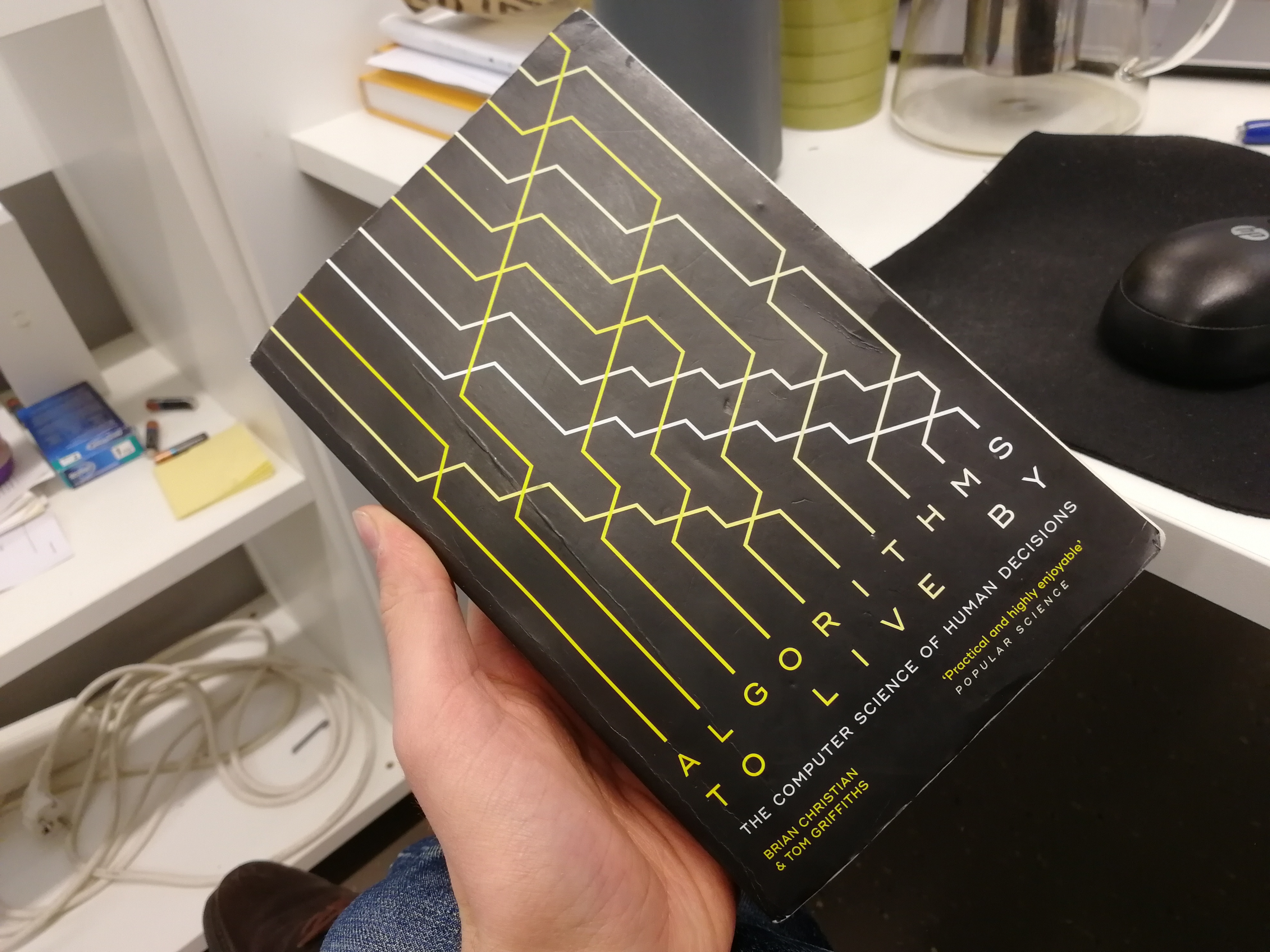From Karlsen et al. (2017)
Another paper which challenges some conventional views of online ‘echo chambers’, i.e. the idea that on the internet and on social media, people largely live in a bubble of like-minded people, leading to a mutual reinforcing of views. Based on survey data from Norway, the authors note that most people encounter people with opposing views … Keep reading
From Schmidt (2012)
Topic modeling and, specifically, Latent Dirichlet allocation, is a fancy machine learning method used in computational social science and digital humanities to explore large sets of documents. I’ve used it a bit myself. Benjamin Schmidt, in an article that’s already five years old, has some great points about the caveats of using LDA: The idea … Keep reading
Superforecasters-ennustukset vuodelle 2018 sekä viime vuoden tulokset
Osallistuin tänäkin vuonna Facebook-ryhmä Superforecastersin (ei todellistä yhteyttä samannimiseen kirjaan) järjestämään “hupaisaan, mutta äärimmäisen kilpailuhenkiseen” ennustamiskisaan. Skaban pointtina on siis antaa arvio toteutumisen todennäköisyyttä liudalle alkanutta vuotta koskevia väittämiä, ja vuoden lopuksi sitten katsotaan, mitkä menivät oikein. Lisäksi kisassa on joukko vähän pidempää aikaväliä koskevia bonuskysymyksiä. Käyn ensin läpi havaintoja viime vuoden ennustuksistani, ja listaan … Keep reading
From Flache & Macy (2011)
The conventional wisdom says that polarization can be effectively countered by increasing contact between people with different views. Here’s a very interesting paper that challenges this. The authors simulated ‘cavemen graphs’, i.e. graphs with a number of tight but disconnected clusters, and show that adding new ties leads to reduced polarization when it is assumed … Keep reading
From Dibble, Drouin, Aune & Boller (2015)
This time, something very much unrelated to my own research. A topic that has I’ve been quite interested in as of late is the effect of e.g. Facebook’s chat, and the algorithm that chooses which users to display at the top of the list, on people’s social and possibly romantic relationships. When discussing this theme, … Keep reading
From Clark (2016)
I argue that a hashtag’s narrative logic – its ability to produce and connect individual stories – fuels its political growth. — My case study of #WhyIStayed suggests that in the initial stage, hashtags that express outrage about breaches of gender justice are likely to invite online participation, while the escalation into online collective protest … Keep reading
From Bruns & Stieglitz (2013)
There are three key areas of metrics which we suggest are of general use in the study of hashtag data-sets: metrics which describe the contributions made by specific users and groups of users; metrics which describe overall patterns of activity over time; and metrics that combine these aspects to examine the contributions by specific users … Keep reading
From Feinberg & Willer (2013)
Some supporting evidence for the argument that environmental issues are usually framed in ways that resonate with the moral values of progressives, but not so much with those of conservatives. Namely, the harm/care domain of moral foundations theory, which progressives care much more about than conservatives do, is heavily emphasized, while purity/sanctity, which is important … Keep reading
From Poell, Abdulla, Rieder, Woltering and Zack (2016)
It has been argued that contemporary or recent protest movements taking place and being organized on social media, such as the Occupy movement, are characterized by a logic of ‘connective action’ in which the sharing of personalized ideas, images, memes by individual activists unaffiliated with established organizations is of importance, and in which formal leadership … Keep reading
